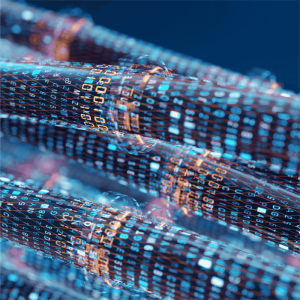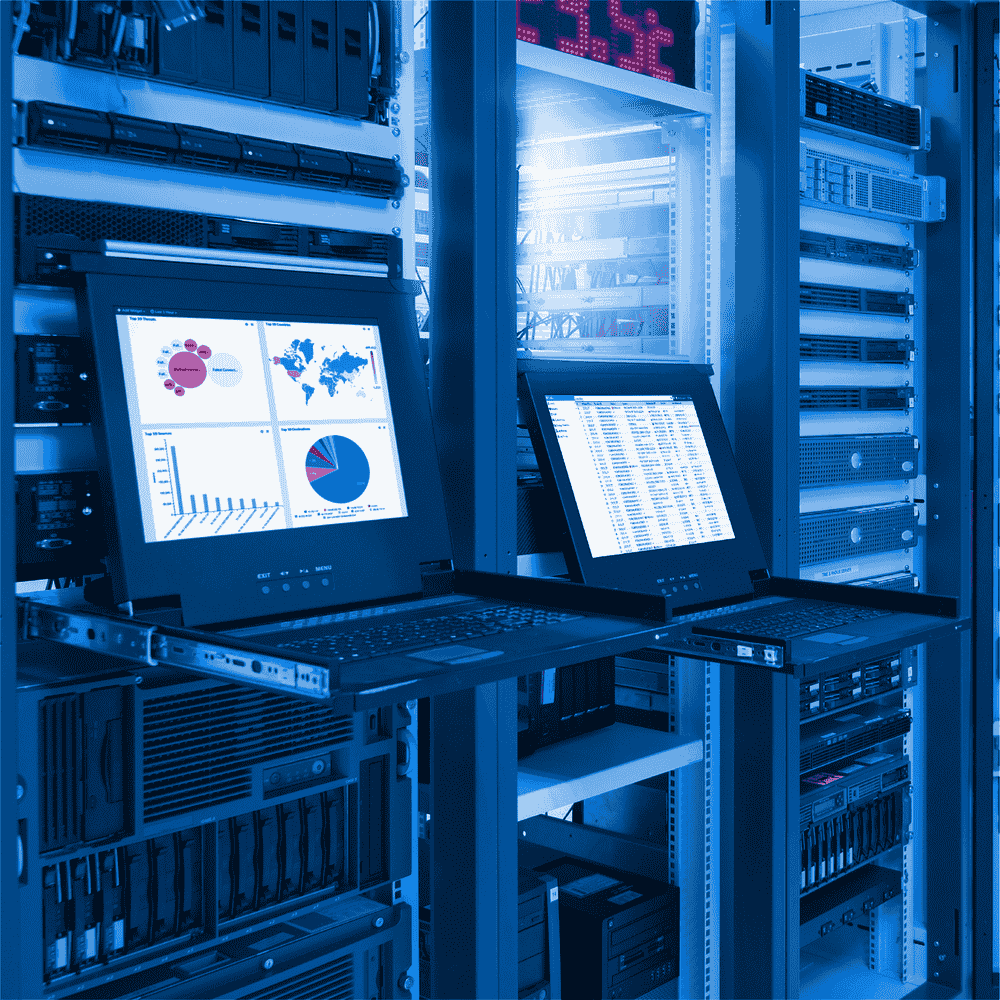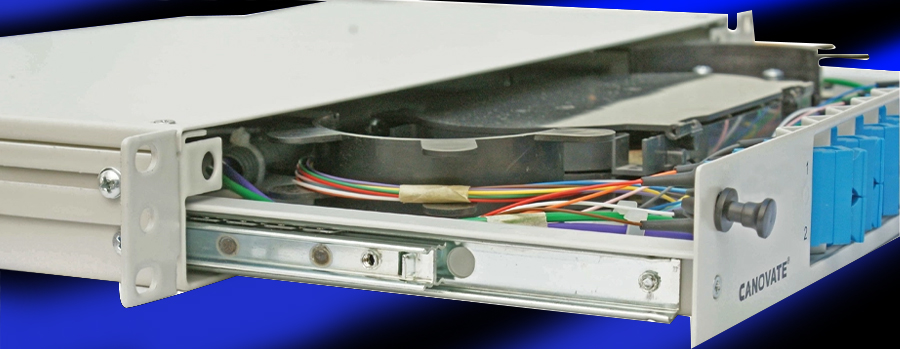Fiber Optic Patch Panels: Order and Efficiency in Network Infrastructure
In today’s rapidly evolving digital landscape, data centers and network infrastructures are becoming increasingly complex. Fiber optic cables, known for their high-speed, reliable, and long-distance data transmission capabilities, serve as the backbone of modern communication systems.
However, as fiber optic networks expand, efficient cable management becomes essential to maintain seamless connectivity, reduce downtime, and optimize performance. This is where fiber optic patch panels play a crucial role.
So, what exactly are fiber optic patch panels, and why are they critical to network infrastructure? Let’s explore.
What is a Fiber Optic Patch Panel?
Fiber optic patch panels are essential components in network infrastructure used to organize, manage, and protect fiber optic cable connections. Typically found in data centers, telecommunications cabinets, and network infrastructures, these panels consolidate fiber optic cable connection points, allowing for easy connection and disconnection of cables.
Patch panels help simplify complex cable systems, ensuring proper organization and facilitating cable management. They enhance the performance and reliability of fiber optic connections, supporting the efficient operation of network infrastructures.
Advantages of Fiber Optic Patch Panels
Cable Management: Fiber optic patch panels provide a systematic way to manage complex cable structures. By organizing the cables neatly, they simplify the installation process and ease future maintenance and expansion tasks.
Easy Access and Maintenance: Patch panels provide quick access to fiber optic cable connection points, which is particularly advantageous during troubleshooting and when maintenance is required.
Reliability: These panels offer secure and stable connections, ensuring uninterrupted and reliable data transmission, which ultimately enhances network performance.
Flexibility: Patch panels allow for flexible network infrastructure management. They make it easy to modify or add connections, offering quick adjustments to the network as needs change.
Efficiency: A well-organized patch panel setup increases network efficiency by reducing data loss and ensuring smooth network traffic management.
Areas of Use of Fiber Optic Patch Panels
Fiber optic patch panels are widely used in various sectors. They are especially useful in large-scale data centers, telecommunications networks, campus networks, and enterprise network infrastructures. Here are some key areas of use:
Data Centers: In data centers, patch panels are crucial for organizing high-density fiber optic connections. They reduce cable clutter, improving both the reliability and performance of the network infrastructure.
Telecommunications: In telecommunications, where large amounts of data traffic are managed, fiber optic patch panels ensure that network infrastructures are flexible, reliable, and efficient.
Enterprise Networks: Large enterprises use patch panels to optimize cable management in campus networks, ensuring that their network infrastructure is organized and capable of scaling for future needs.
Future Trends in Fiber Optic Patch Panels
As technology evolves, fiber optic patch panels are also advancing. Newer models provide greater flexibility and efficiency, offering higher-density connection capacities and modular designs. Additionally, innovations like automatic cable management systems are simplifying cable organization and reducing human error.
Smart patch panels are expected to gain more traction in the future. These panels will include features like network performance monitoring and problem detection, enabling proactive network management and enhancing overall operational efficiency.
Conclusion
Fiber optic patch panels are indispensable components for maintaining order, flexibility, and efficiency in modern network infrastructures. Their growing importance reflects the need to optimize network performance, ensure reliable data transmission, and accommodate future growth. As technology progresses, the functionality and scope of fiber optic patch panels will continue to expand, contributing to more efficient, scalable, and reliable network infrastructures.






